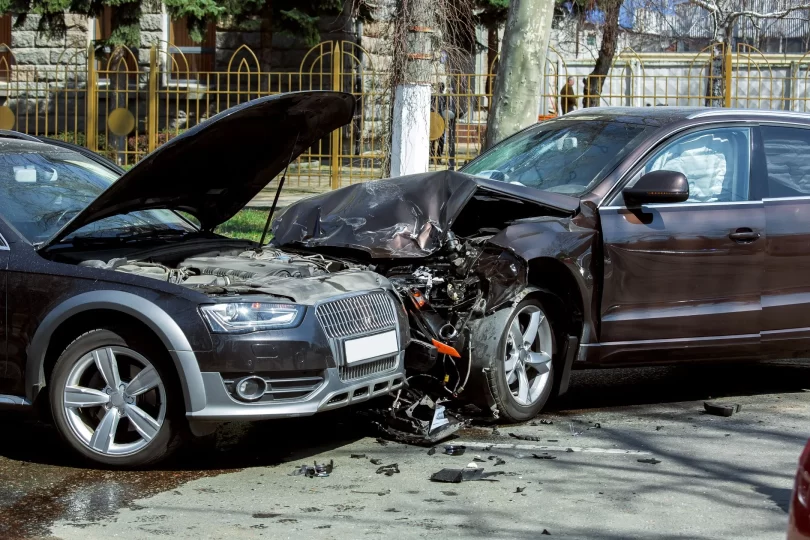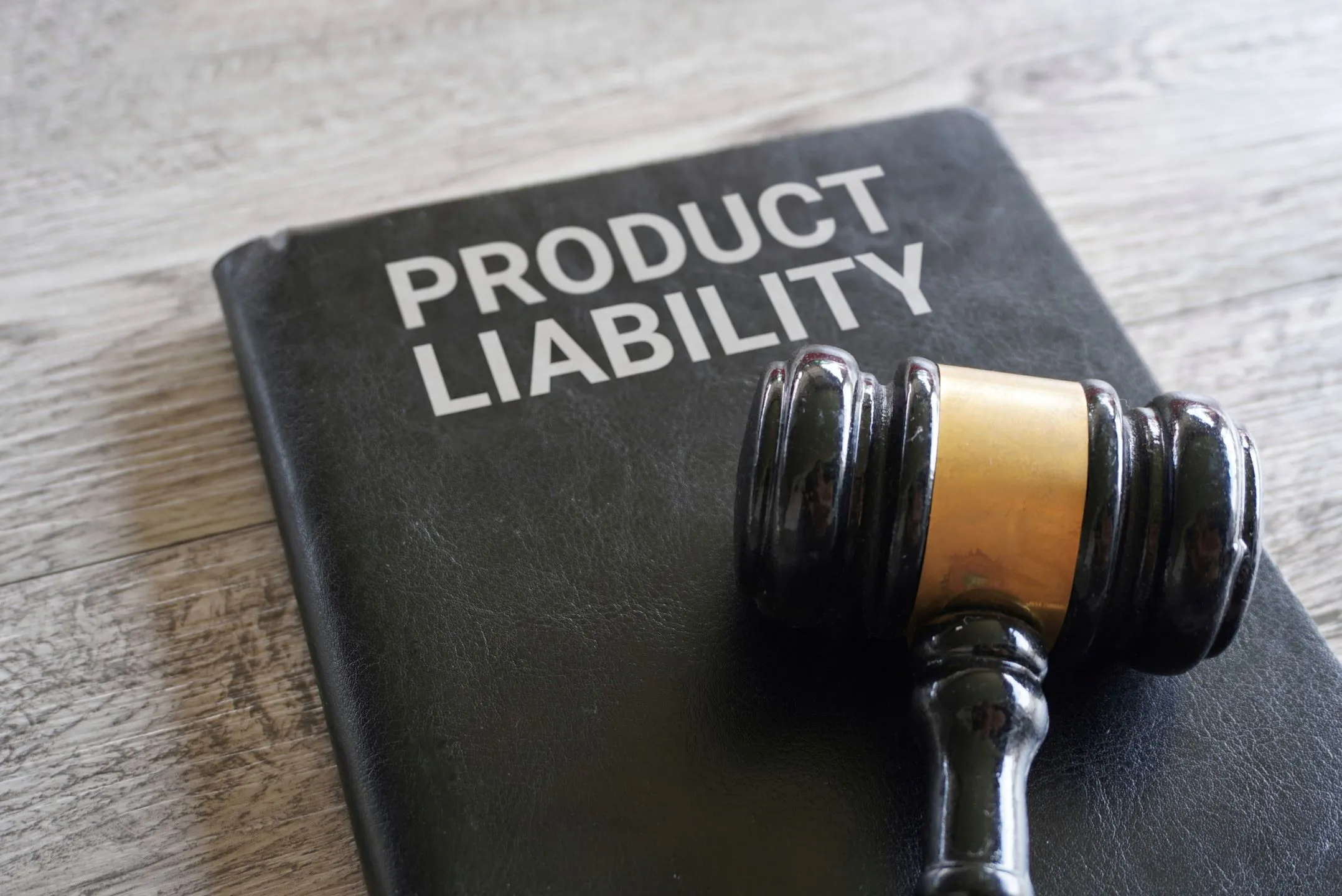When a vehicle fails to operate as intended and causes harm due to a defect, the consequences can be devastating for everyone involved. While vehicle accidents often stem from driver error, some accidents occur due to mechanical issues or faulty components that originate from the manufacturer.
If you or a loved one have suffered injuries due to a defective vehicle, understanding the process for filing a lawsuit against the car manufacturer can be critical to obtaining compensation for your losses. Legal action in such cases requires gathering substantial evidence, expert witnesses, and thorough documentation of the defect and resulting injuries.
Read on to learn how to sue a car manufacturer for defective vehicle injuries.
Contents
Understanding Product Liability in Car Defect Cases
Product liability law provides that manufacturers, distributors, and sellers can be held responsible for defective products that cause harm to consumers. When it comes to vehicles, product liability claims can involve several types of defects, such as the following:
- Design Defects: A design defect occurs when the product is inherently harmful because of its design, regardless of manufacturing quality or assembly. An example is a vehicle with a high center of gravity prone to rolling over under standard driving conditions.
- Manufacturing Defects: These defects happen when the assembly or manufacturing process and typically impact only a specific batch or model. For instance, a faulty airbag deployment system due to assembly errors could result in severe injuries in a crash.
- Warning Defects: When a manufacturer did not to give adequate warnings or instructions on potential risks associated with a product, it may be considered a warning defect. For instance, a lack of warnings on the dangers of using incompatible parts in a vehicle could lead to serious accidents.
In a lawsuit against a car manufacturer, establishing the type of defect is essential as it influences the evidence required and the legal strategies used. Moreover, if you were injured in a car accident in Oklahoma City or similar locations, consulting a knowledgeable attorney experienced with defective vehicle claims is an important first step. Lawyers specializing in product liability cases can help assess the extent of the manufacturer’s responsibility and support you in pursuing the claim through the legal system.
Steps to Filing a Defective Vehicle Injury Claim Against a Car Manufacturer
If you decide to pursue a claim against a car manufacturer for injuries sustained due to a vehicle defect, there are several critical steps involved. These include:
Document the Incident and Gather Evidence
After an accident involving a defective vehicle, it’s crucial to document everything related to the incident. Take photos of the vehicle, the scene of the accident, and any visible injuries. Also, keep copies of medical records, police reports, and witness statements. This documentation is essential to prove that the defect in the vehicle caused the accident and led to injuries.
Consult an Attorney
Product liability claims are complex and involve large manufacturers with extensive legal resources. Having an attorney who specializes in product liability and defective vehicle cases can significantly strengthen your position. An experienced attorney can help gather evidence, identify expert witnesses, and develop a compelling argument to show that the car manufacturer’s defect was the primary cause of your injuries.
Prove the Manufacturer’s Liability
To win a defective vehicle case, it’s also necessary to prove that the manufacturer is liable. This process generally involves demonstrating three key elements, such as the following:
- The defect existed: You must establish that a defect in the vehicle, whether in design, manufacturing, or warnings, existed at the time of the accident.
- The defect caused the accident: Evidence must show that the defect, and no other external factors, caused the accident. This is demonstrated through the use of expert testimonies, accident reconstruction, and vehicle inspections.
- Injury or loss occurred: Finally, there must be proof of actual injuries or losses directly caused by the accident involving the defective vehicle.
By knowing these elements, you can establish the liability of the manufacturer and seek the right amount of compensation for your injuries.
Determine the Damages You’re Entitled To
Damages in defective vehicle cases typically cover various losses. These include:
- Medical Expenses: This includes costs for surgeries, hospital stays, rehabilitation, and any ongoing medical care due to the injury.
- Lost Wages: If you were unable to work because of the accident, you might be eligible to recover lost wages or future lost earnings.
- Pain and Suffering: Non-economic damages can be awarded for physical pain, emotional distress, and loss of enjoyment in life due to the injury.
- Property Damage: If your vehicle or other personal property was damaged in the accident, you could be eligible for compensation to repair or replace these items.
Calculating damages requires a comprehensive assessment of both economic and non-economic factors related to the injury.
Conclusion
Filing a lawsuit against a car manufacturer for a defective vehicle requires thorough preparation, substantial evidence, and legal expertise. By keeping the information mentioned above in mind, you can build a successful case. While challenging, successful claims can secure compensation for medical bills, lost wages, and other expenses while preventing similar incidents for future drivers.








